In the past, precious life moments—especially those that took place on holiday—would be captured on a small, pocketable camera that would accompany you everywhere.
With improvements in smartphone camera tech, why carry a compact camera at all? After all, you usually have your phone on you. Many photographers believe a ‘proper’ camera can capture better images, encourages a more thoughtful photography process and are just more fun to use. And now, some compact cameras are almost as small as smartphones and still able to hold their own against much larger DSLRs.
But what are the best compact cameras for travel photography? In this article, MPB’s Connor Redmond tests the best compact cameras for any budget:
- Ricoh GR III
- Sony RX100 VII
- Leica Q2
- Fujifilm X100V
- Panasonic DMC-TZ200
Over to you, Connor.
For a recent holiday, I wanted to see if I could ditch the phone for the point-and-shoot style and replace my phone with a great compact camera. I was looking for a small, lightweight camera that would make me want to seek out great photos and capture the essence of the places I visited. I didn’t want to change lenses, so that narrowed the options down to a fixed-lens camera.
Compared to smartphones, compact cameras have a far bigger sensor, better resolution and wider dynamic range. They can shoot in RAW, which helps to soak up every bit of juicy detail and dial in a certain look in post-production. Their lenses are generally fast, sharp and versatile. Most importantly, these compact cameras are, well, compact. I still want to enjoy my holiday without too much gear getting in the way.

Ricoh GR III: The Pocket Rocket
How did they fit so much into a camera that is only 257 grams? The Ricoh GR III is the smallest and lightest camera on this list but is packed full of features. The camera punches well above its weight and can rival the image quality of much, much bigger cameras.
Specs
- 24-megapixel APS-C sensor
- 28mm-equivalent f/2.8 fixed lens
- Built-in 3-axis image stabilisation system
- Hybrid phase-detection and contrast-detection autofocus
- 257g
Upsides
- Fast and responsive autofocus
- Exceptional 28mm lens
- Remarkably portable
Downsides
- Battery life isn’t great
- No electronic viewfinder
The Ricoh GR III is a perfect camera for street and travel-style photography, equipped with a sharp 28mm equivalent f/2.8 lens. Or, if you prefer a tighter focal length, the Ricoh GR IIIx variant is equipped with a 40mm equivalent f/2.8 lens.
The GR III’s hybrid autofocus system is much improved over its predecessor, the Ricoh GR II. You can confidently rely on the GR III for quick street snaps.
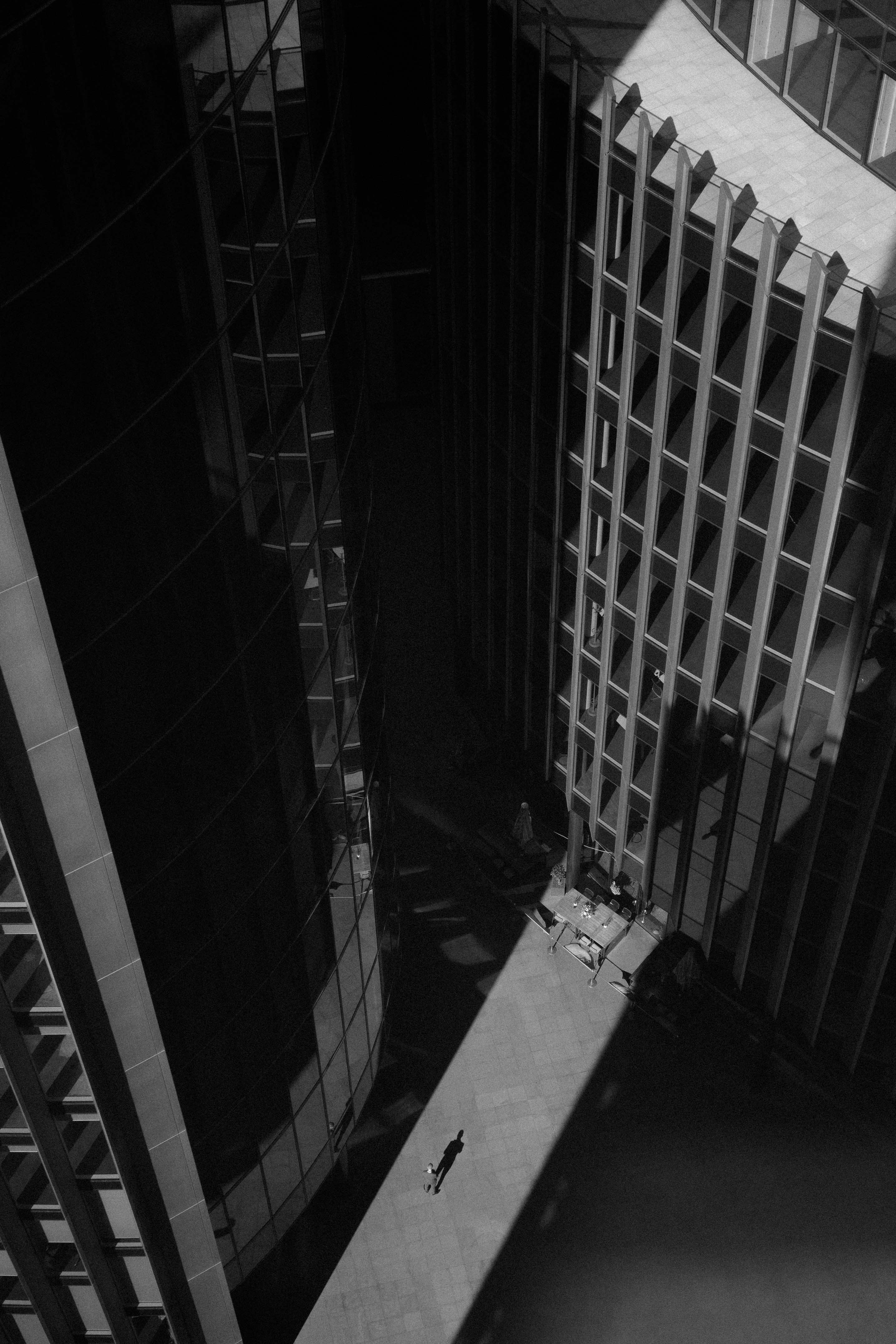
If you don’t enjoy editing RAWs, the Ricoh GR III has a range of picture profiles for JPEGs. However, I would avoid the ‘Std’ profile, as it is quite flat. It’s worth playing around with the other colour styles; you’re sure to find one you like. I found them to be just as good as Fujifilm’s film simulation profiles.
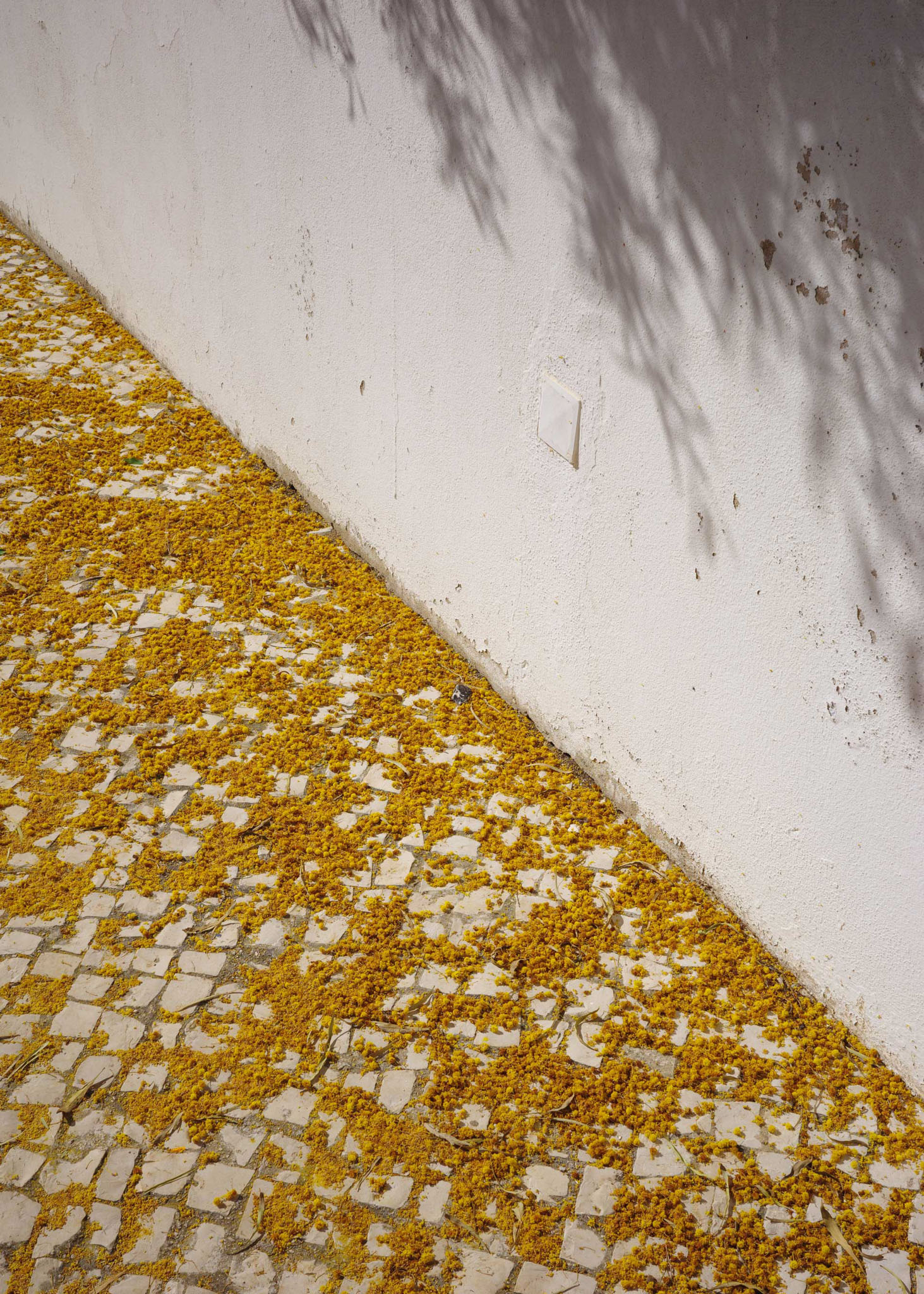
There are some downsides to this camera to consider. The main one is the battery life—if you intend to shoot all day, then I’d recommend carrying multiple batteries with you. Luckily, they are tiny and light.
If the lack of an in-built viewfinder is a dealbreaker, then this may not be the camera for you. However, you can buy an optical viewfinder as a compromise. Also, if you’re interested in video, then this is not going to give you the quality you’re after.
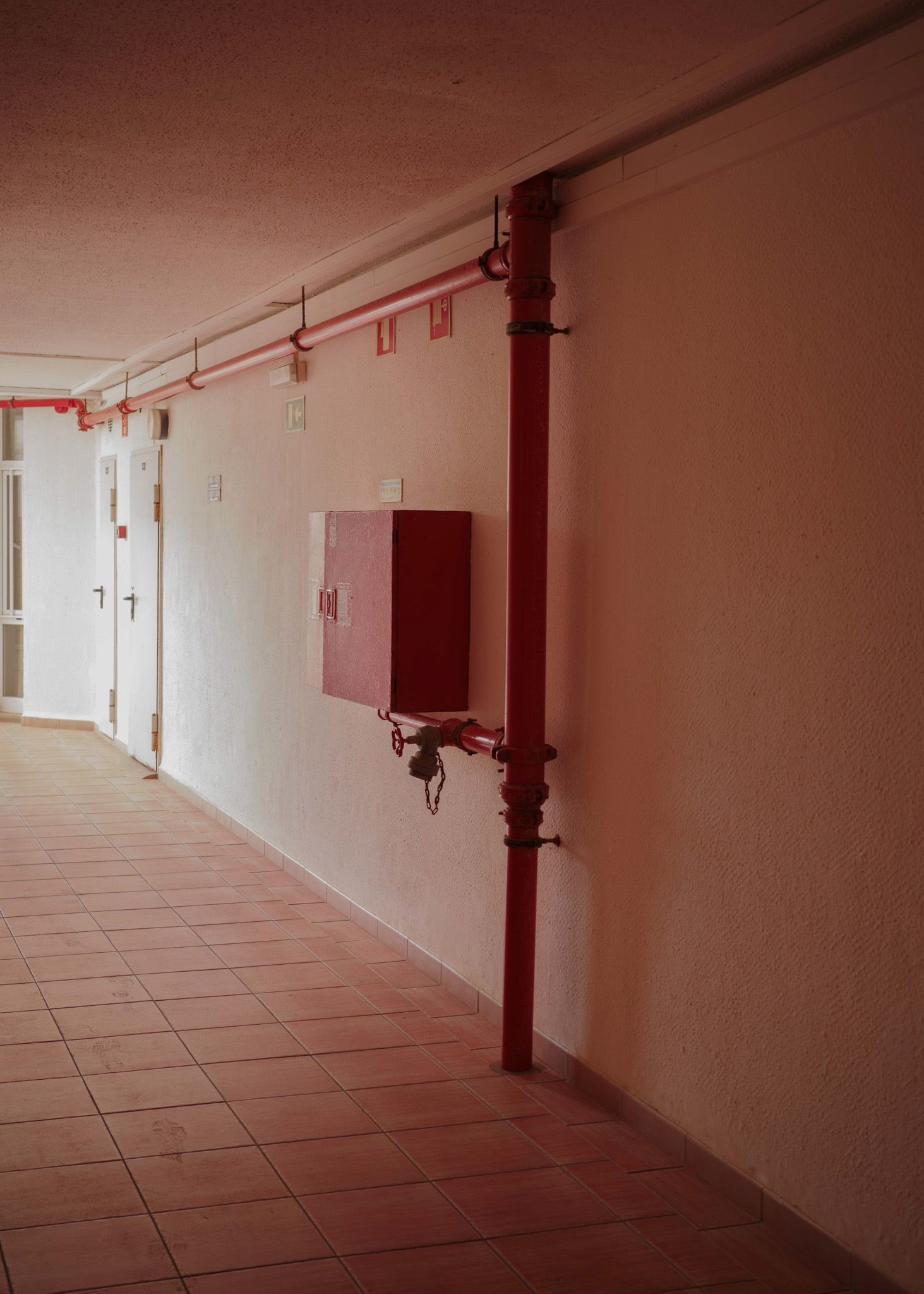
Overall, this camera shines in all the areas that matter for travel photographers. A sensor and lens combination of this quality should cost a lot more than it does, and this camera will continuously surprise you with what it can achieve. It is a little pocket rocket of a camera.
Check out our Ricoh GR III review for travel photography to learn more and see more images this camera can create. Read our Ricoh GR IIIx review for a compelling comparison and decide which camera is best for you.
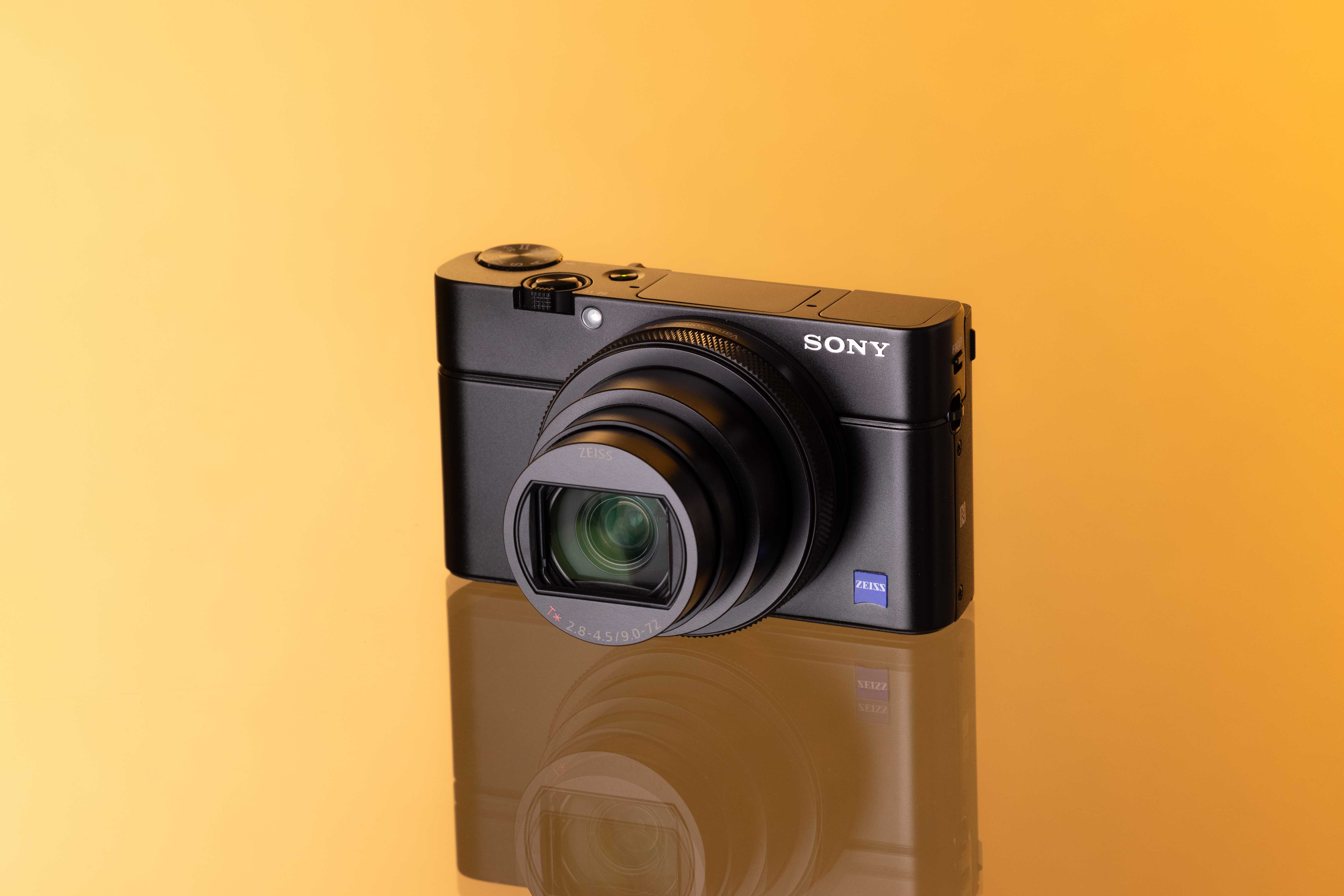
Sony RX100 VII: The Multi-talented
Speed and accuracy in a tiny, tiny package. The Sony RX100 VII is the seventh iteration of the RX100 series of ultra-compact ‘travel zoom’ cameras. As you would expect from Sony, they have finely refined their formula which makes this compact camera so compelling.
Specs
- 20-megapixel 1″-type stacked-CMOS sensor
- 24-200mm equivalent f/2.8-4.5 zoom lens
- 20 fps continuous shooting with autofocus
- Pop-up OLED electronic viewfinder
- Slow motion video up to 1000 fps
- 302g
Upsides
- Great dynamic range
- Super versatile zoom lens
Downsides
- User interface unintuitive
- Tiny buttons and slippery body
Sony has managed to pack an incredible amount of features into the RX100 VII. So if you are a shooter who loves a camera that can do everything well and values customisation, then this camera might be the one to pick up for your next big trip abroad.
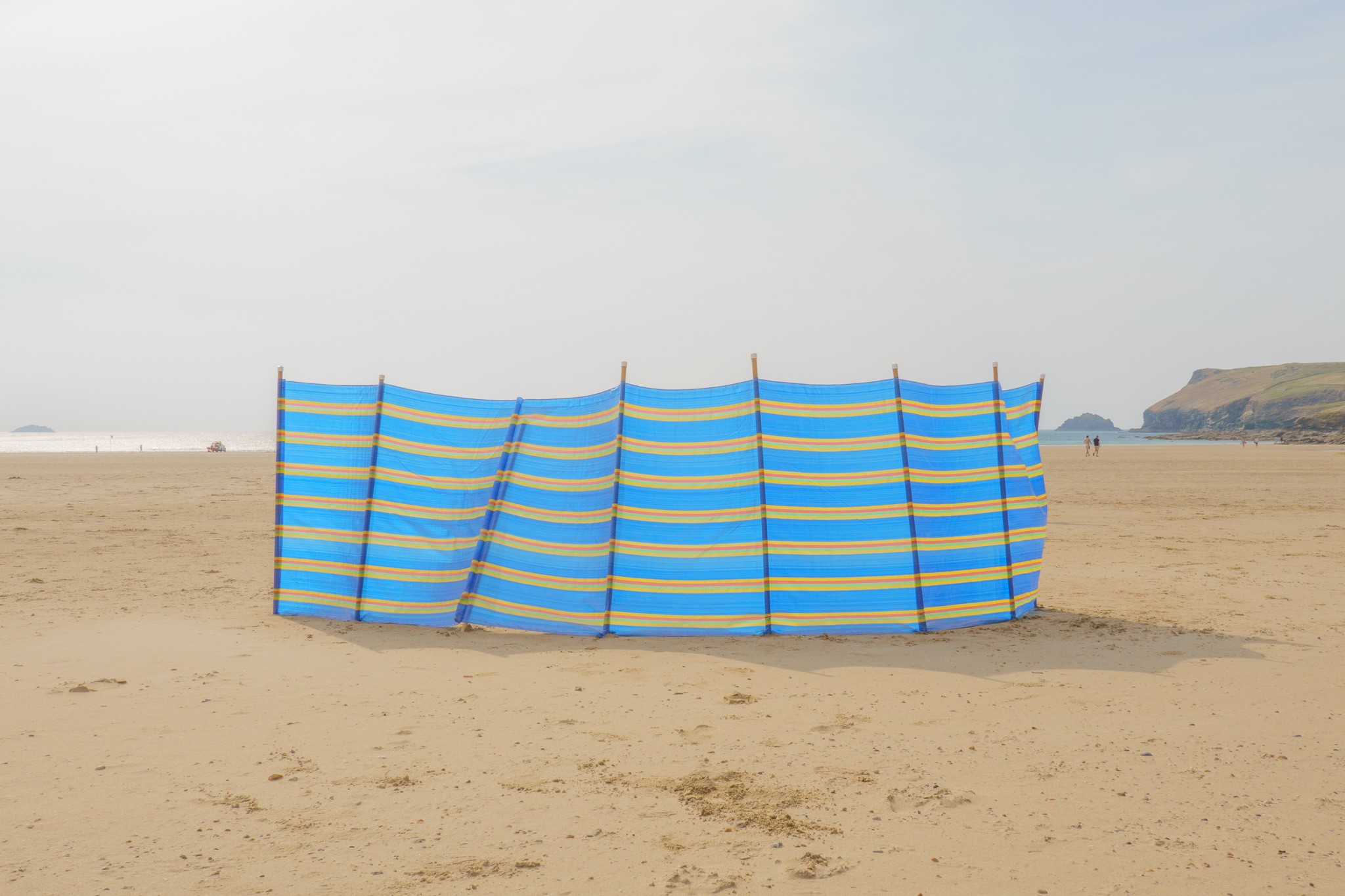
Let’s start with the best parts of this palm-sized camera. The autofocus rarely misses a beat. Sony has been killing it with its autofocus tech in the higher-end Sony mirrorless cameras, and they have ported over the same magically fast autofocus here.
The zoom lens is one of the best, and you get an enormous 24-200mm range to use, so all but the most telephoto or wide-angle cases can be achieved. The pop-up electronic viewfinder is very handy, and the screen is high enough quality to shoot in most scenarios.
The 4K video from the Sony RX100 VII is impressive and remarkably stabilised. There’s next to no rolling shutter, and shots look buttery smooth—even if you don’t have the steadiest of hands. So, if you’re interested in the best video from your compact travel camera, we would recommend the Sony RX100 VII. When it comes to image quality, you’ll get good colour and detail—even in JPEG files. The RX100 VII really shines in RAW where there is a surprising amount of dynamic range to play with. There’s also a 20 frames-per-second burst mode, if you need to capture some very fast-moving action.

The Sony RX100 VII’s user interface is not as user-friendly as it could be. It can get a little frustrating at times to try to find the setting you want to change. It’s also not at its strongest in low-light situations, as shots can begin to look quite noisy. Some of the physical buttons might just be a tad too small, perhaps a compromise due to it being such a small camera, but it can also be a bit slippery and hard to hold sometimes.
Overall, the Sony RX100 VII is a phenomenal camera for its size. If you want something that can do everything well, then the RX100 VII is your pick.
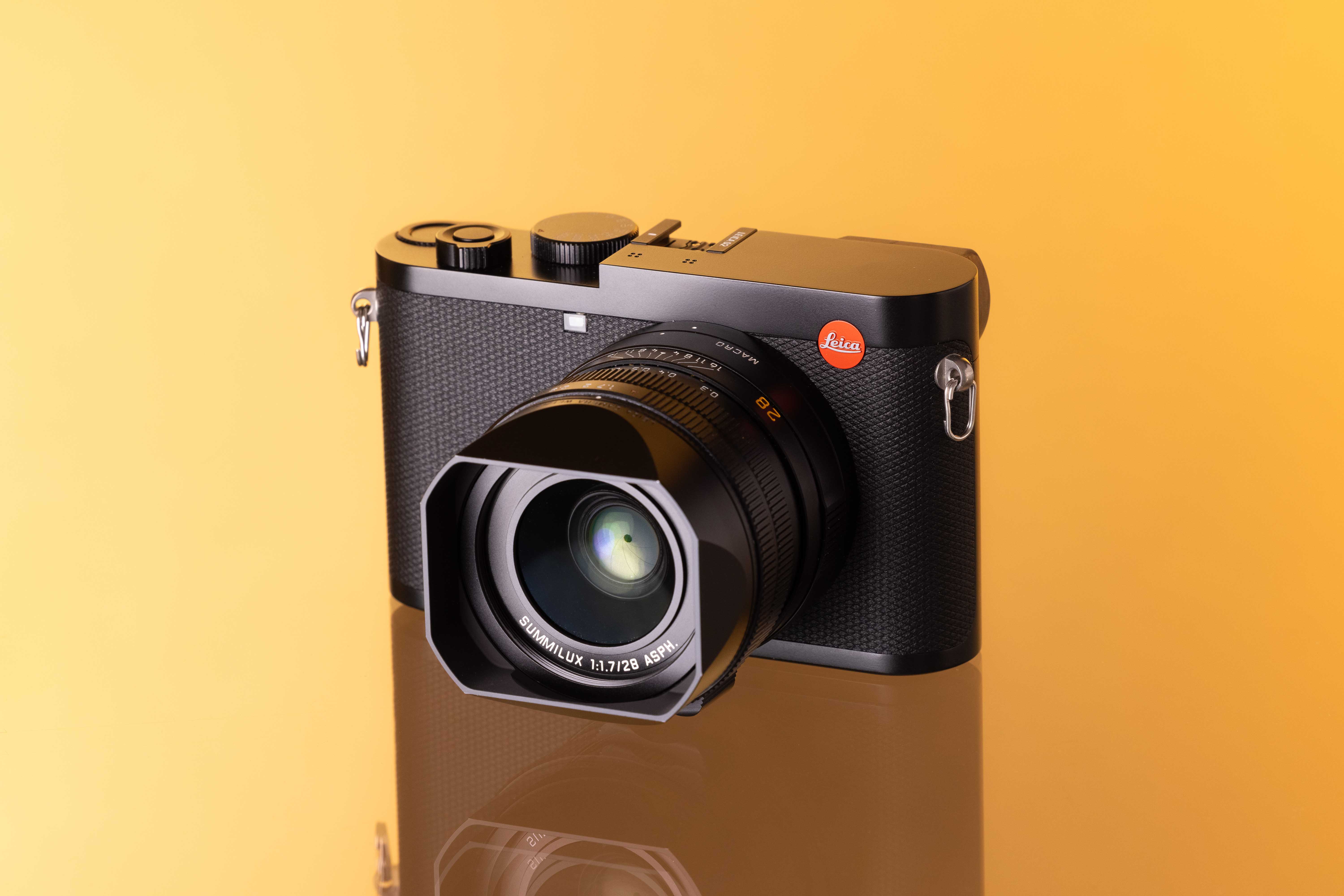
Leica Q2: The Luxury Compact
Leica is known for its uncompromising philosophy when it comes to perfecting its vision of a perfect camera. Its ‘Timeless, reliable, and durable’ design drives the entire way of thinking, and this is no different with the Leica Q2. As soon as you pick up and use any Leica Q-series, you know you are using a premium camera.
Specs
- 47.3-megapixel full-frame sensor
- 28mm f/1.7 Summilux ASPH fixed lens
- Leaf shutter up to 1/2000 sec
- Weather-sealed magnesium-alloy body
- 734g
Upsides
- Huge full-frame resolution to play with
- Optically stabilised, perfect street lens
- Fast autofocus
Downsides
- Most expensive camera on the list
- Fixed lens
No other camera on this list can match the ergonomics of the well-thought-out Leica Q series. The Leica Q2 feels natural in the hand while walking around taking photographs. Once you get used to using the 28mm f/1.7 Summilux lens, the camera almost fades away and you can enjoy the minimal-effort shooting experience that Leica has so carefully honed over the years.
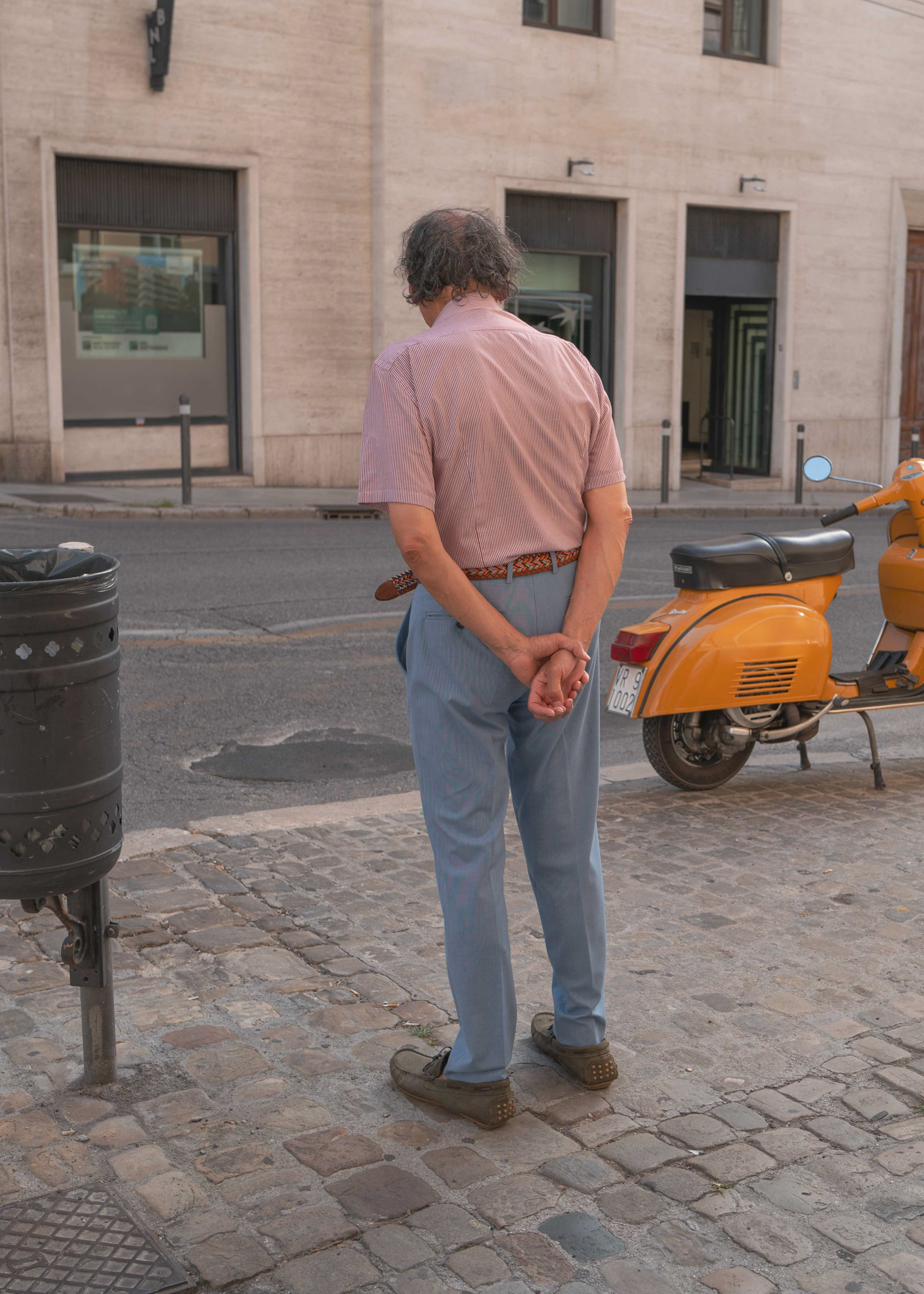
You will not be disappointed with the RAW images that are rendered with the Q2. It is the only camera on the list with a full-frame sensor, and the resulting detail is outstanding.
Pictures from the Q2 have a tonality unlike any other camera on this list. Even in low light, the ISO performance is superb with limited noise. But, if you do find yourself in a very low-light situation, even the noise has an almost filmic grain structure to it.
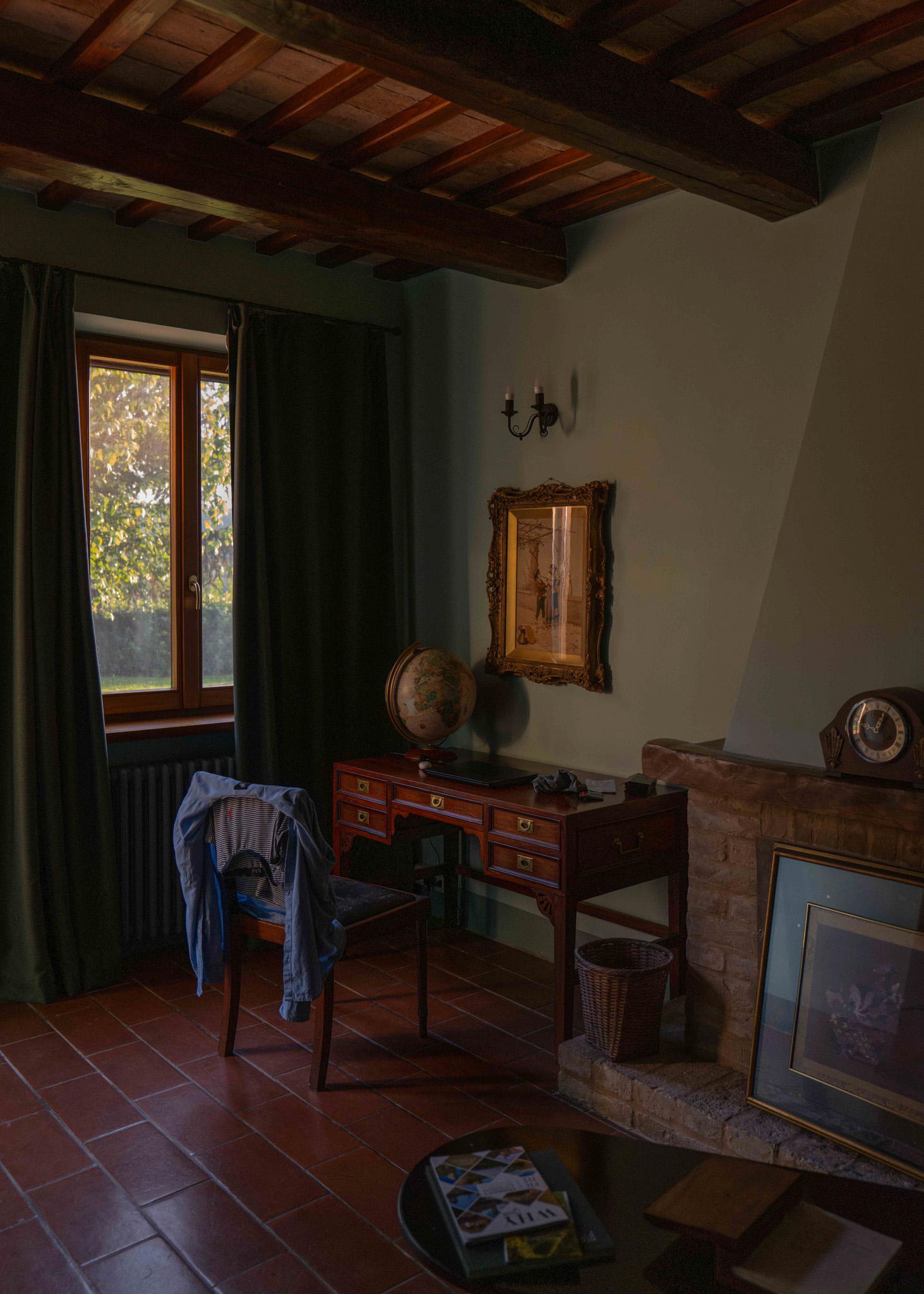
What makes this particular Leica good for travel or street photography? In short, the gorgeous lens paired with the full-frame sensor.
The lens is perfectly married to the sensor. It feels like they are working together in harmony to create the smoothest, least distracting shooting experience—so that you can focus on getting the shot in front of you.
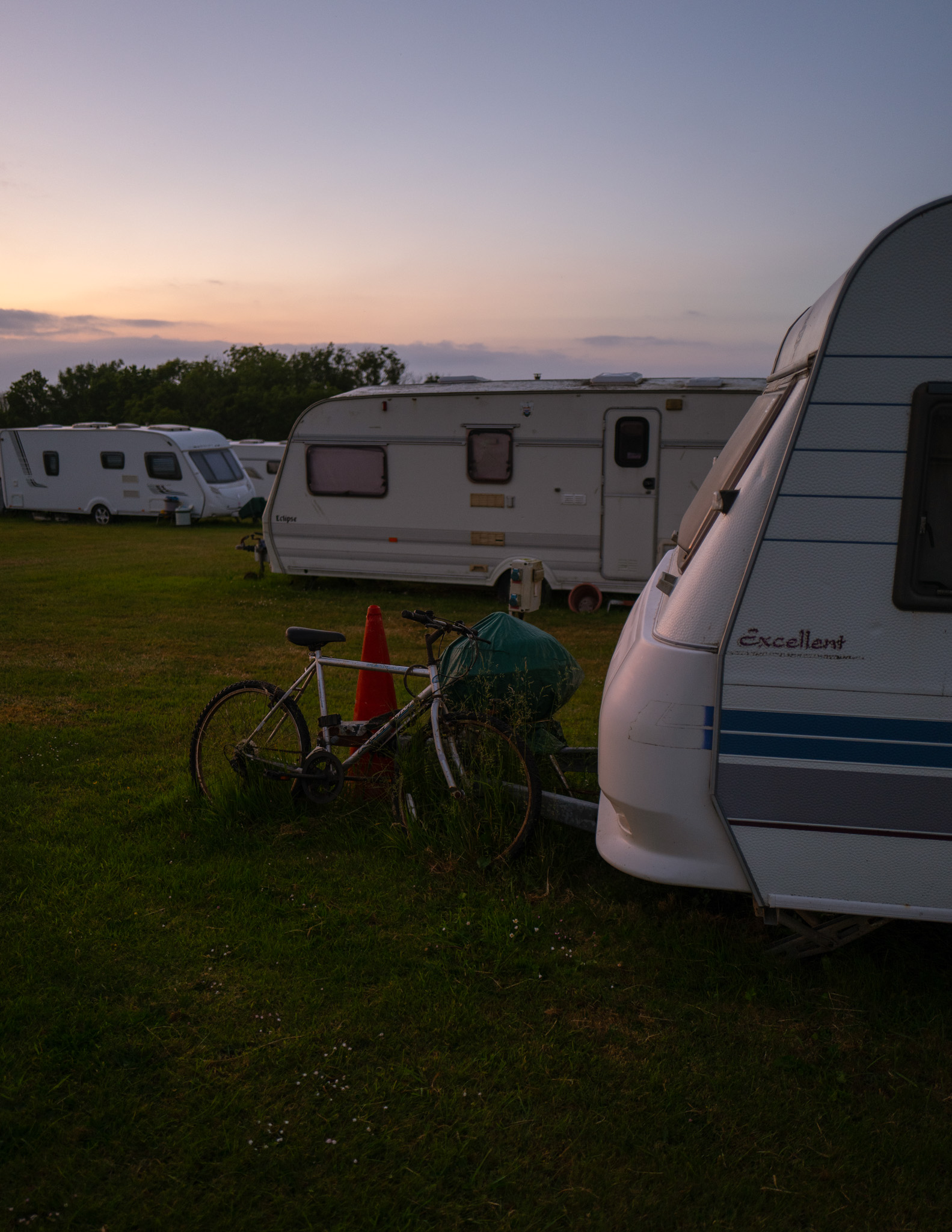
Here you are getting a fully featured, non-compromising lens that also has a macro mode. The fixed 28mm f/1.7 Summilux, which, true to other Leica Summilux lenses, remains sharp to f/1.7, renders an almost dreamy consistency shooting wide open. See the image above, shot with the original Leica Q.
The main disadvantage of the Leica Q2 is the Leica price tag. But what you pay for is exactly what you get in return. There is no better option for an overall travel-friendly camera. Want to see more of the Leica Q2 in action? See the Leica Q2 v Fujifilm X-Pro 2.
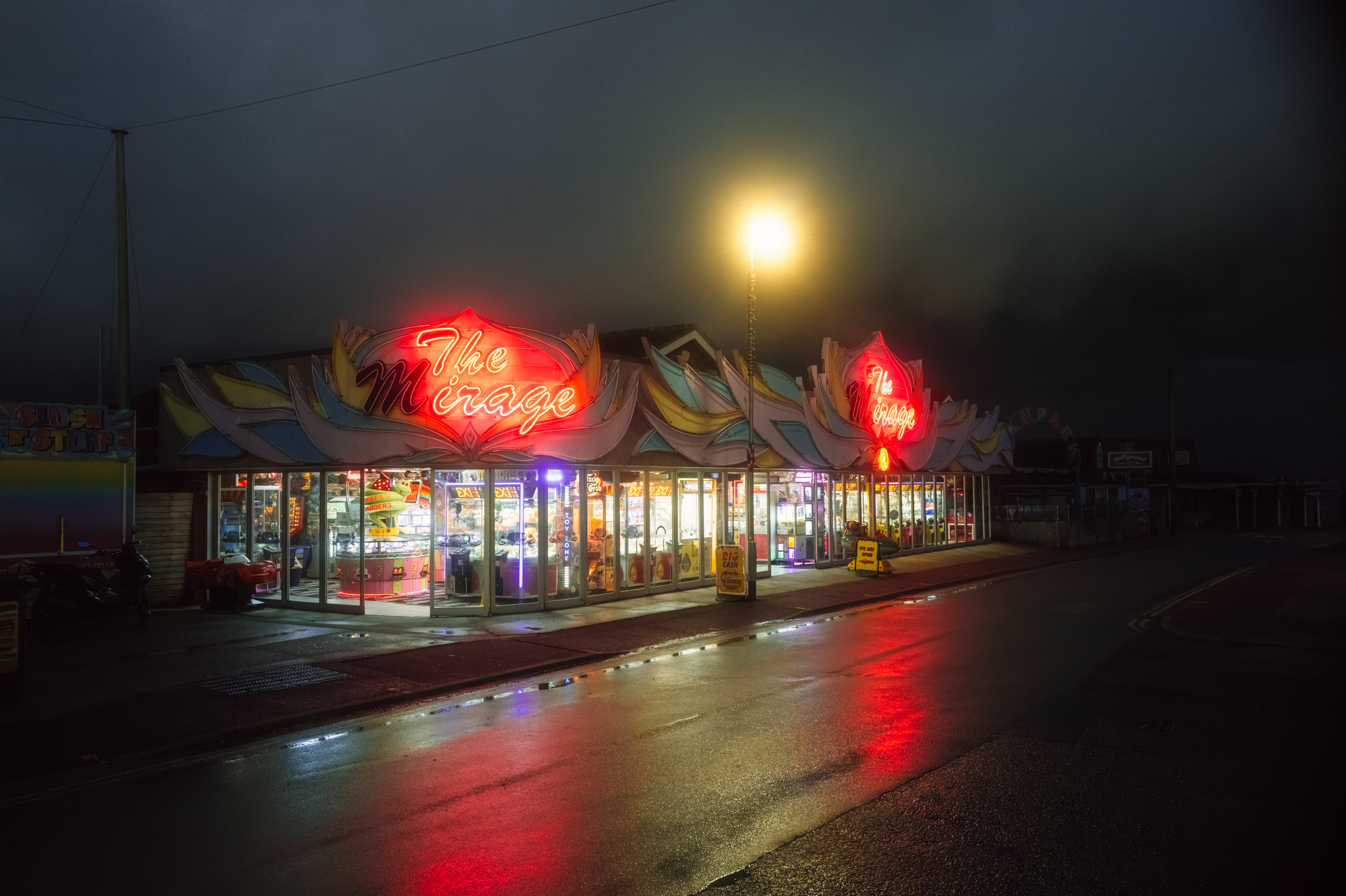
You may want to look at the Leica Q3, which features a 60-megapixel sensor for even more detail and 15fps continuous shooting. Additional features include an articulating screen and a super-detailed 5.76-million dot electronic viewfinder. Check out our review of the Leica Q3.
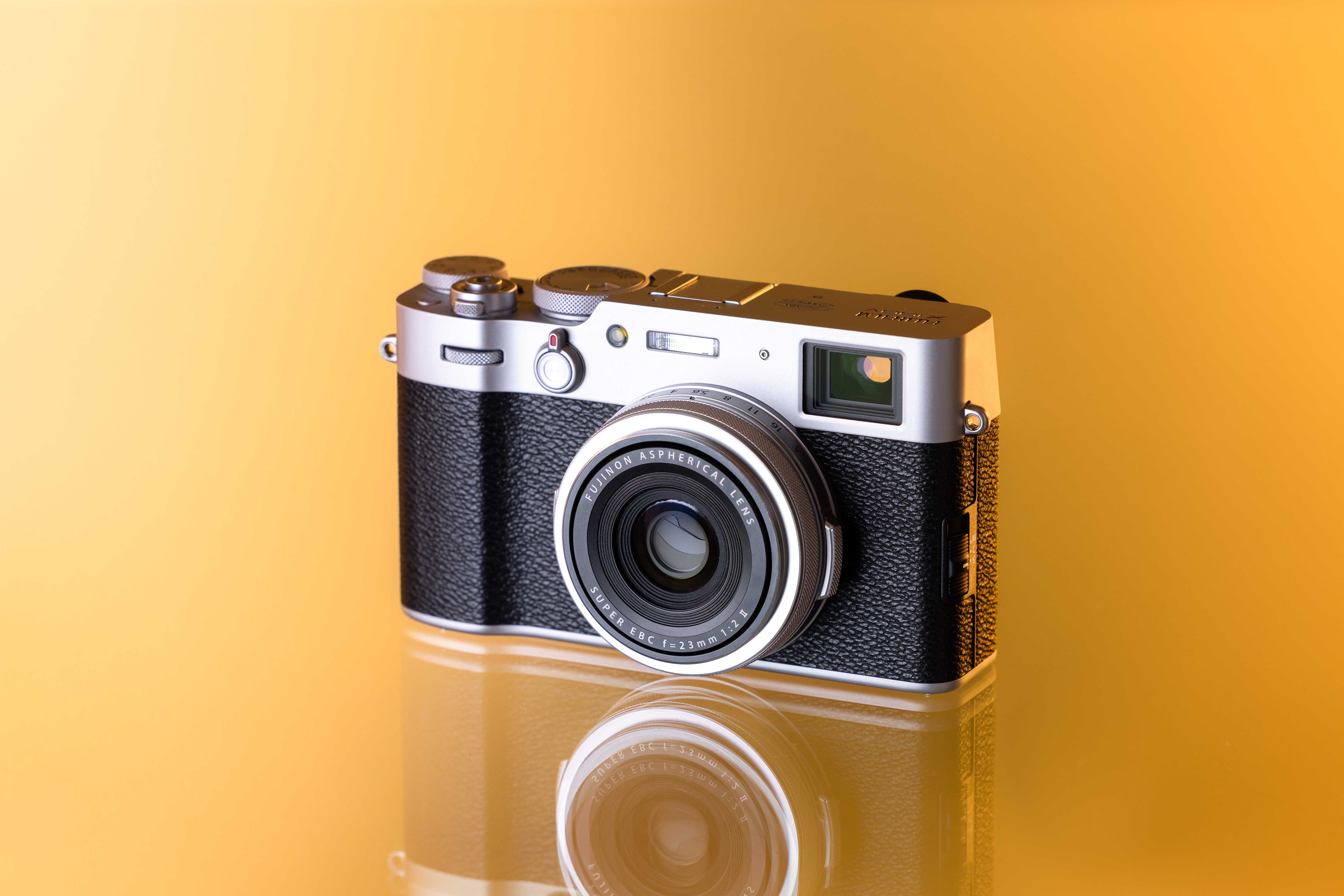
Fujifilm X100V: The Street Photographer
The Fujifilm X100V is another camera in the mould of old rangefinders. Combined with Fujifilm’s years of experience in colour science, you can really perfect that ‘film look’. And that’s exactly what the X100 series has always tried to achieve—a modern replacement for a film point-and-shoot rangefinder. And for the most part, it triumphantly achieves this.
Specs
- 26-megapixel APS-C X-Trans IV Sensor
- Revamped 23mm f/2 lens (35mm equivalent)
- Updated hybrid OLED electronic viewfinder, with redesigned optical viewfinder
- Weather-sealed body
- 478g
Upsides
- A joy to use and take pictures with
- Beautifully rendered colours
- Outstanding image quality
Downsides
- Autofocus lags behind the competition
These cameras have been impossible to find in recent years. The Fujifilm X100V has been an incredible success—especially on social media—due to the camera’s ability to recreate different film stocks using the film simulation modes.
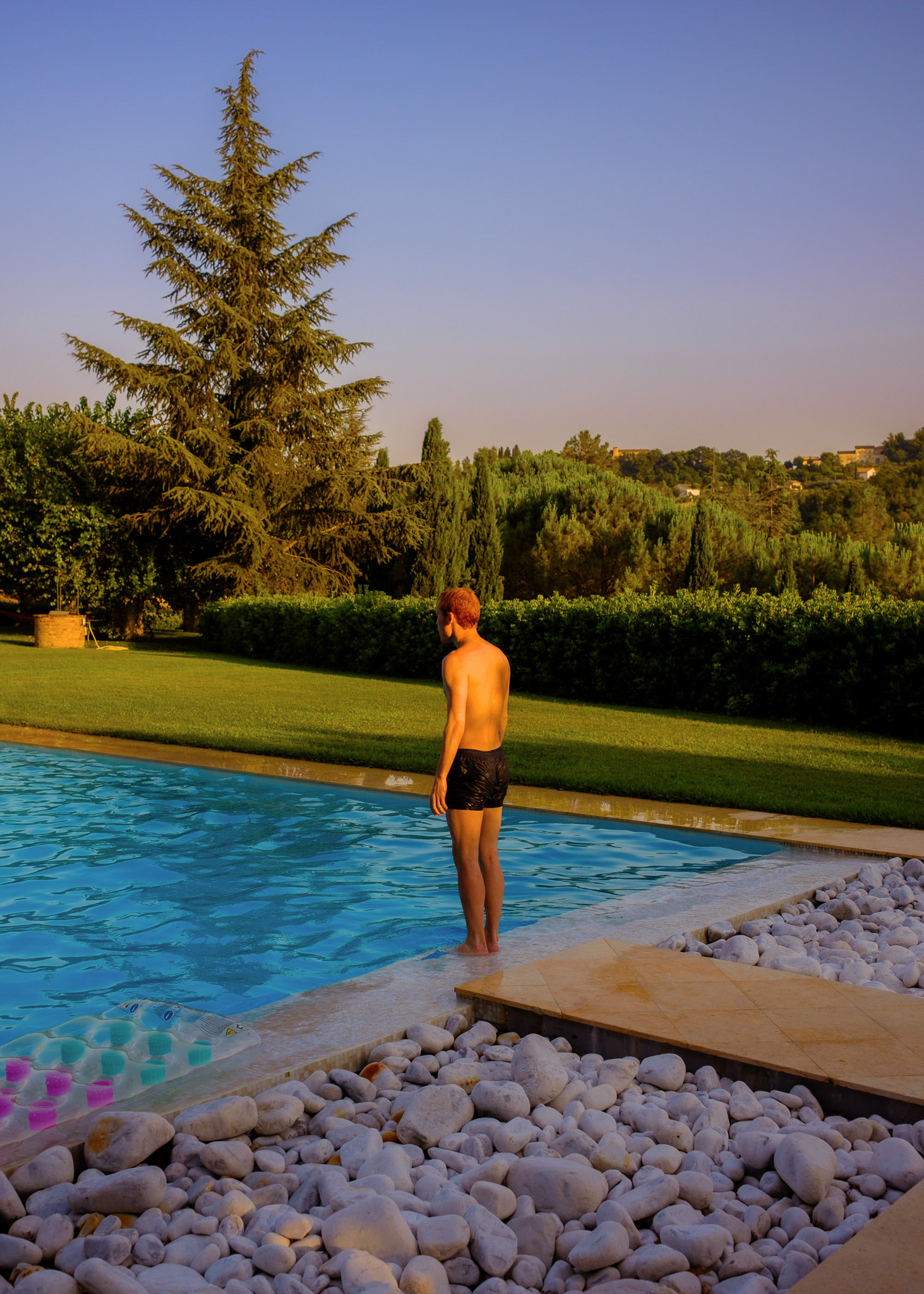
There is a reason for this renewed attention: the photographs from the Fujifilm X100V are exceptional. Equipped with its 26-megapixel X-Trans sensor and even more film simulation picture profiles, you can consistently create beautiful JPEGs. And that’s a big bonus if you are on the road and don’t have a lot of time to edit RAW images.
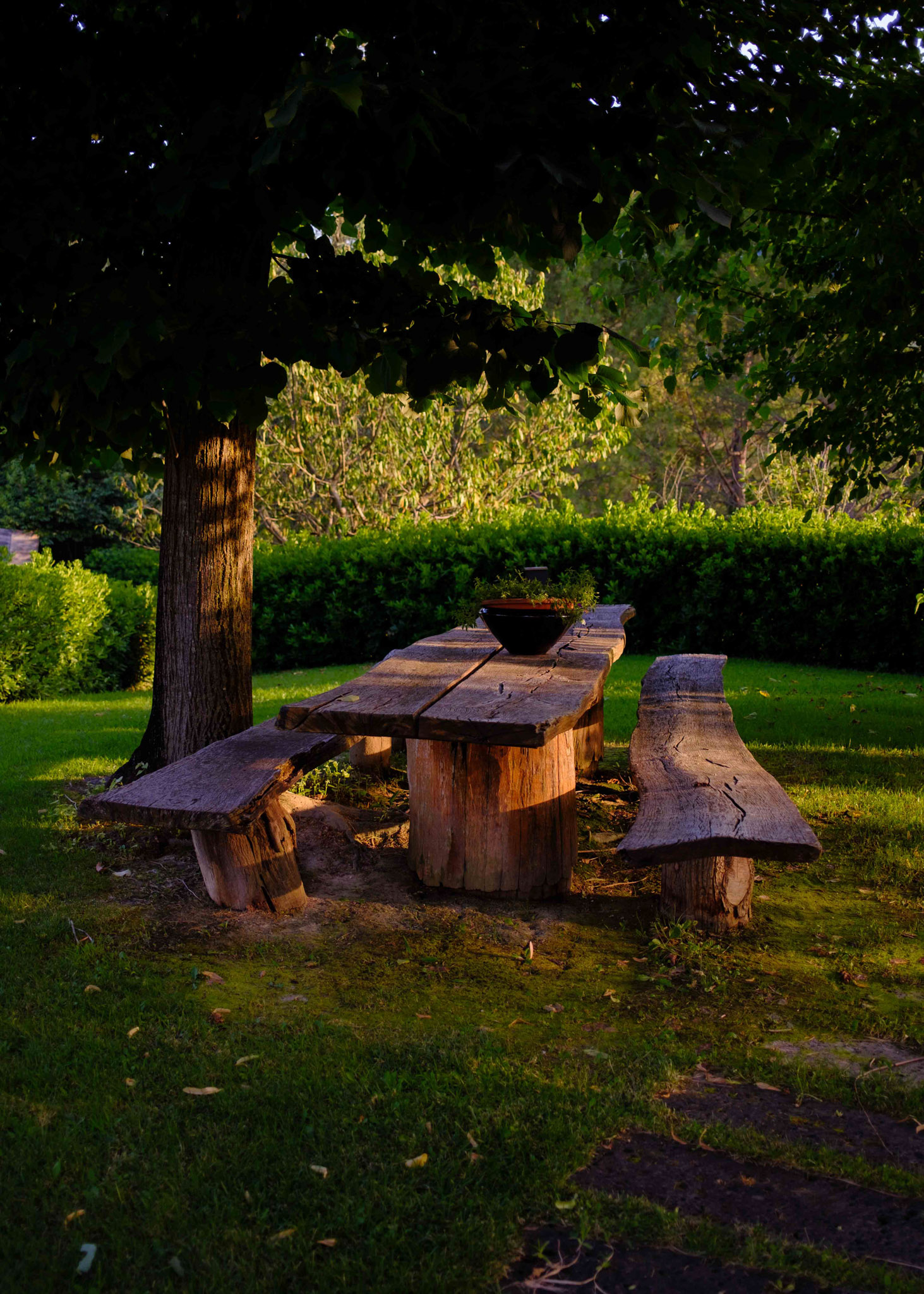
The Fujifilm X100V also boasts a redesigned 23mm f/2.0 lens, which fixes the close-up ‘haze’ issue from previous models and improves sharpness in the corners of the frame. The low-light performance and autofocus ability have also been updated.
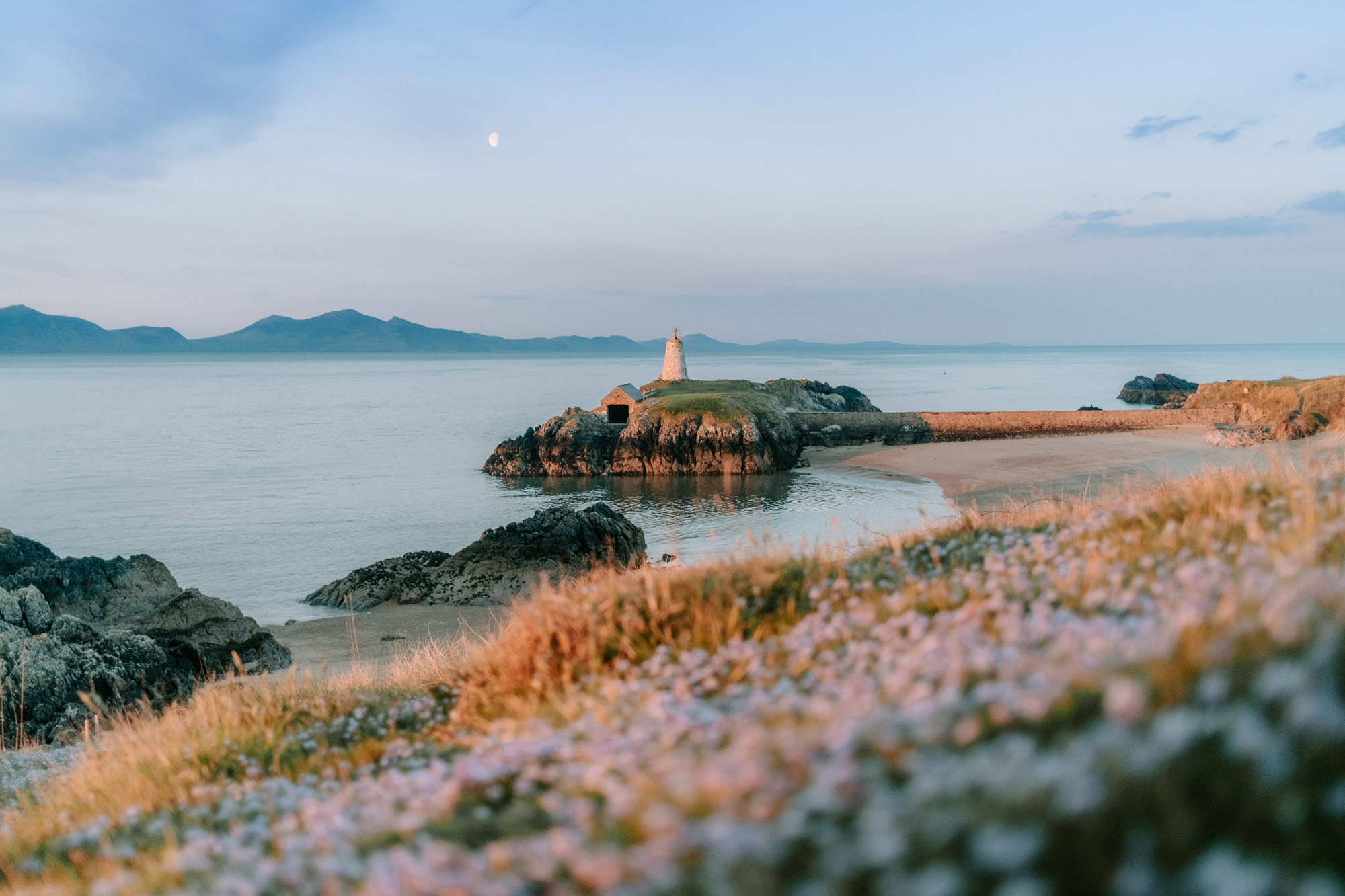
Ergonomically, the X100V is maybe one of the best cameras on the market for that street shooting style. The Fujifilm X100V now has an updated tilting touchscreen so you can ‘shoot from the hip’. The hybrid optical-electronic viewfinder remains an engineering marvel, allowing you to shoot with a fantastic electronic viewfinder or an analogue viewfinder with frame lines at the switch of a button. That feature makes the camera a joy to use.
On an emotional level, this camera has rekindled my love for photography. It has the ability your images sing beautifully before you even get to the editing suite.

Find out more in our Fujifilm X100V Review, or if you’re looking for other options, check out our Top 4 Alternatives to the X100V and X100VI. If you prefer to watch, see our Fujifilm X100V vs Sony A7C for travel review.
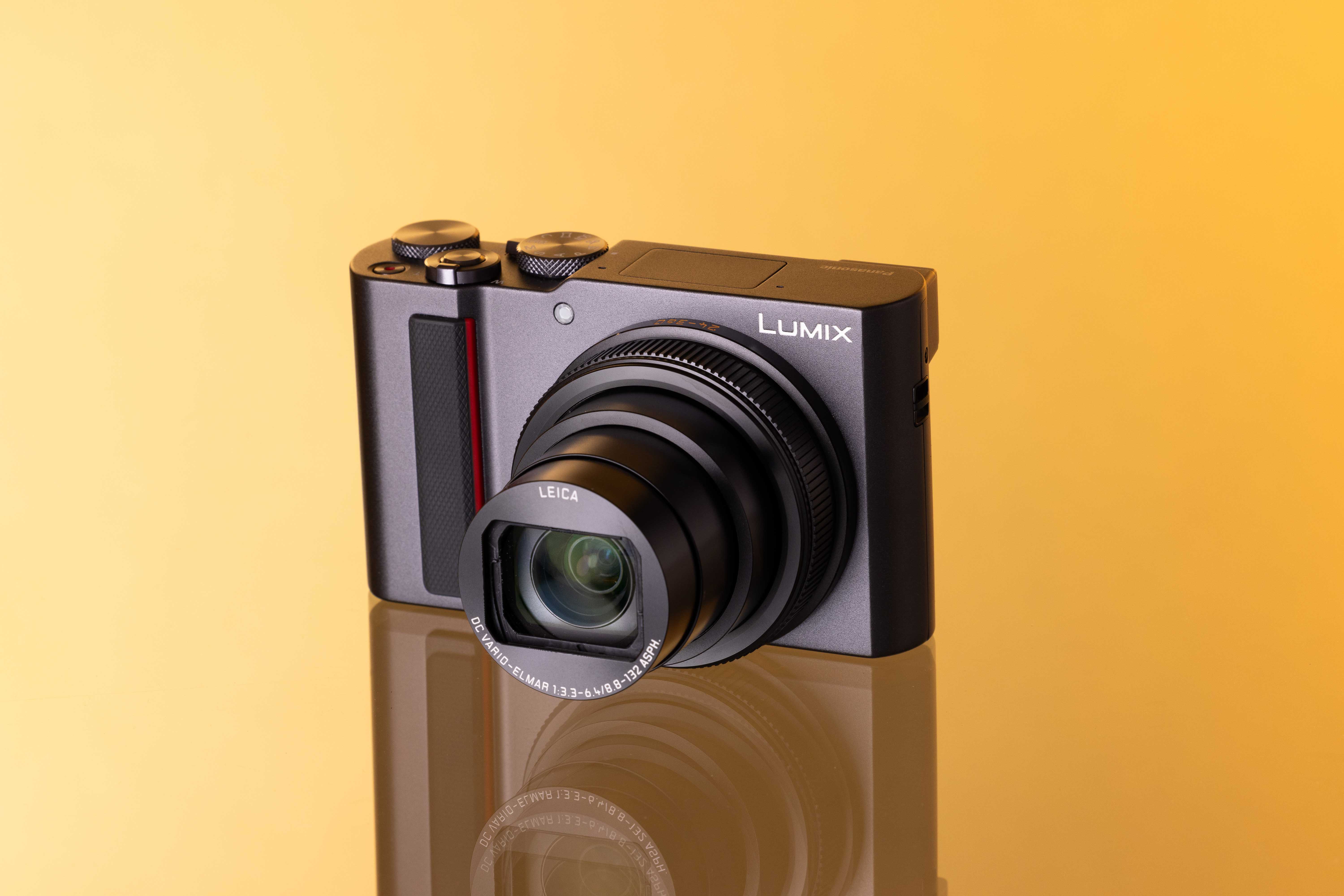
Panasonic TZ200: The Budget Compact
The least expensive camera on the list, the Panasonic DMC-TZ200, represents the best value for money. The TZ200 is a serious contender for the perfect travel compact camera for beginners. The camera can do most things admirably.
Specs
- 20-megapixel 1-inch CMOS sensor
- 24-360mm equivalent lens
- Depth from Defocus autofocus
- 4K video
- 3-inch touchscreen LCD
- 312g
Upsides
- Impressive battery life
- Frankly ridiculous zoom lens
- Very light and small
Downsides
- Low-light performance is poor
- No tilt screen
- Image quality a mixed bag
- Focus hunting in low-light
The first and most glaring feature of the TZ200 is its ridiculously long zoom lens—the longest of any 1-inch sensor compact—a 15x zoom, equivalent to a 24-360mm lens. It can, in theory, be used for anything from wildlife photography to landscape photography.
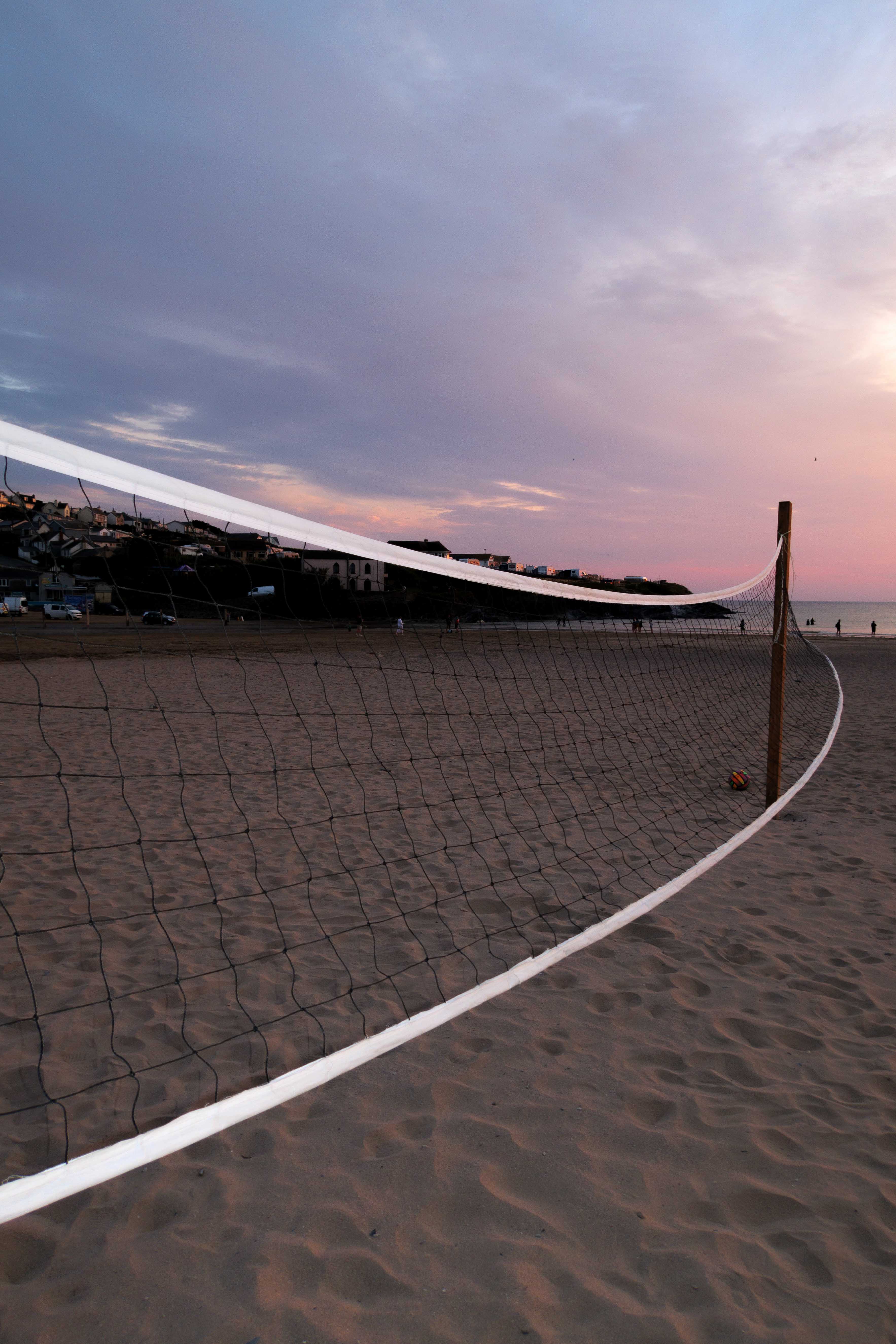
On average, photo quality is satisfactory on the TZ200. But, because of the nature of the zoom lens, the centre of the images can be a bit soft at times. You will definitely have to shoot in RAW to help you when you come to edit these photos. But the TZ200 is capable of retaining good detail in the shadows, so you can protect those highlights.
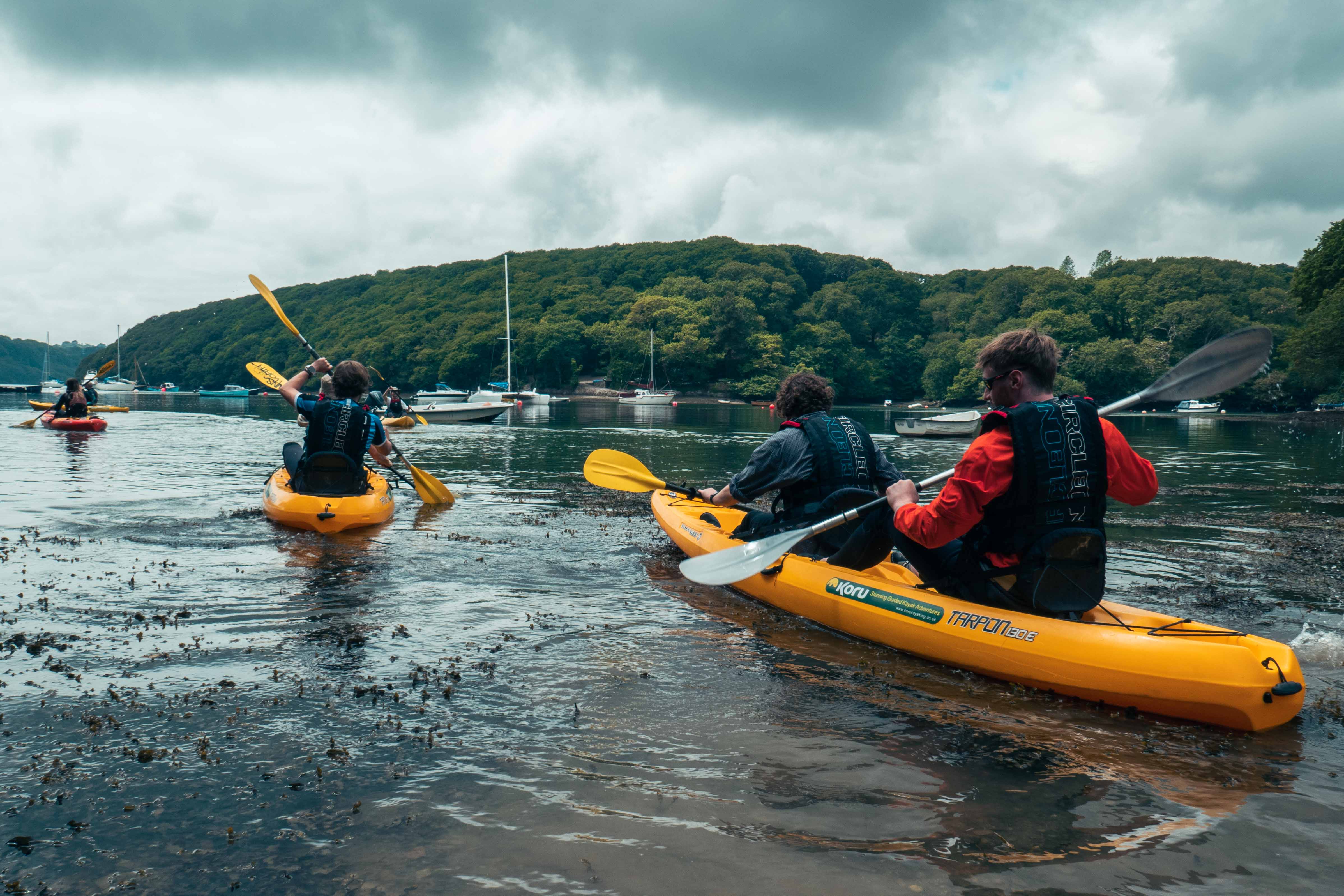
The TZ200’s battery life is impressive. If you do not shoot too heavily, it should last the day on one battery.
A key takeaway from using the TZ200 was that many compromises were made to fit the ludicrous zoom lens in such a small body. But if you are looking for a truly compact camera that is easy to use, versatile and not too expensive, the TZ200 is the one to consider.
Conclusion
The best compact camera for you will depend on your preferences and your level of skill. But the perfect one will become part of your everyday carry, a camera that becomes your companion wherever you go and replaces your phone. There is a huge amount of value in a dedicated travel camera, the tricky part is picking the right one for you.
Take time to consider which camera would work best for you. What sort of photographs or looks would you like to achieve? Instead of getting the highest megapixel count or longest zoom, think about which of the features you’re most likely to use. If you want to take fun candid photos of family and friends or document your life, then consider the all-round compacts with large zooms to cover all your bases. If you are more interested in street and lifestyle photography, then look at fixed-lens cameras. If you are someone who wants a minimal shooting style then look at what Fujifilm and Leica offer.
Ultimately, you want taking pictures to be a satisfying and rewarding experience.
